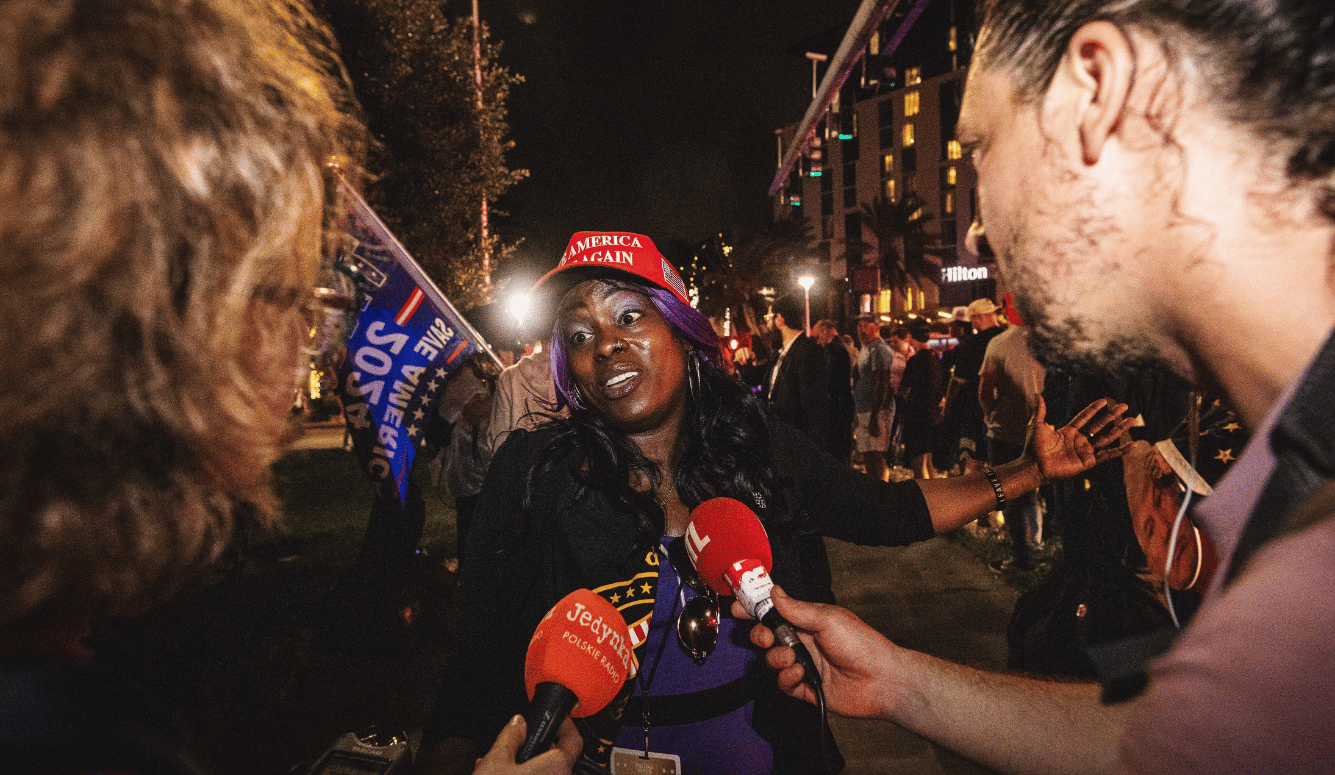Politics
Demographics Are Not Destiny, After All
Trump’s reelection reflects the final exhaustion of the post-World War II liberal and conservative cultural consensuses.

In 2016, it was often said that the long 20th century of American culture and politics had ended. More precisely, an epoch in which Franklin Roosevelt’s New Deal liberalism jousted with Reaganite market conservatism ended with the election of Donald J. Trump. Trump’s policy positions and voter base defied the binaries to which American politics had become accustomed; once-conservative Virginia was now a Democratic redoubt while blue-collar West Virginia became deep-red Republican. But in 2020, Joe Biden and his running mating Kamala Harris were elected, and with normal service apparently resumed, the Trump realignment looked to many observers like it might have been an anomaly.
In many ways, Biden’s term in office was like Barack Obama’s third term. The former president was instrumental in marshalling the Democratic establishment in 2020 behind his erstwhile vice president, and the ensuing administration was mostly staffed by Obama alumni. But the march of economic and political forces can only be delayed for so long. Not only did Trump win the idiosyncratic Electoral College in 2024, but he also received a plurality of the popular vote—the first time a Republican candidate for president had done so since 2004.
Today, it is the Biden administration that looks anomalous. It turns out that 2016 was simply an appetiser and Trump’s second term is the main course. A new coalition has emerged in American politics, anchored in the white working-class but also extending to racial minorities who lack a college education. The Obama coalition of highly educated whites and racial minorities has fractured as many socially conservative nonwhites align with Republicans and vote with their ideology. Trump now presides over a nation depolarised by race, in which class—defined more by education than money—has attained a new salience.
When Barack H. Obama was elected president in 2008, the legacy media heralded it as a post-racial moment in the country’s history. This was true insofar as the discussion was limited to Obama himself, a man with a white American mother, a black African father, an Indonesian stepfather, and a Eurasian sister. But Obama still won only 43 percent of the white vote, running up his numbers among black Americans and other minorities. At the time, this coalition seemed to herald a Democratic future as dominant as Roosevelt’s New Deal equivalent—an “emerging Democratic majority” or a “coalition of the ascendent.”
Set against this was the “Sailer Strategy,” named after heterodox conservative commentator Steve Sailer, which involved exploiting the racial polarisation of the American electorate by focusing on whites, still the largest racial cohort of voters. Sailer essentially pressed for the recreation of the Southern American model of political and race relations nationally. In much of the South, whites overwhelmingly voted for Republicans and blacks overwhelmingly voted for Democrats. With 95 percent of the black vote going to Obama in 2008, part of the strategy was already in operation. Trump’s victories in 2016 and 2024 vindicated the Sailer Strategy insofar as his victory in purple northern states like Wisconsin, Michigan, and Pennsylvania was achieved through gains among the white working-class that Obama had held.
But 2024 also witnessed major structural shifts in racial politics. Trump almost won the Latino vote—he won Latino men outright—and he made massive gains among Asian Americans and more limited but still significant gains among black men. The racial and political assumptions of a generation have been upended, though close observers of the political landscape, like the Democratic operative David Shor, have noted that racial polarisation peaked in 2012. Trump’s coalition simply extended the subsequent trend of depolarisation.





